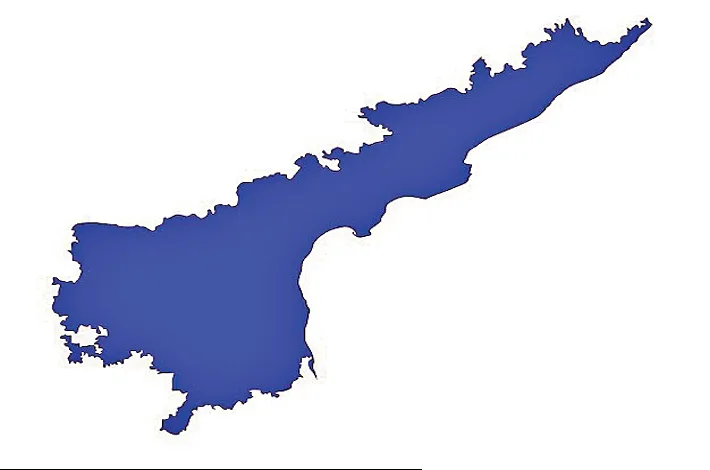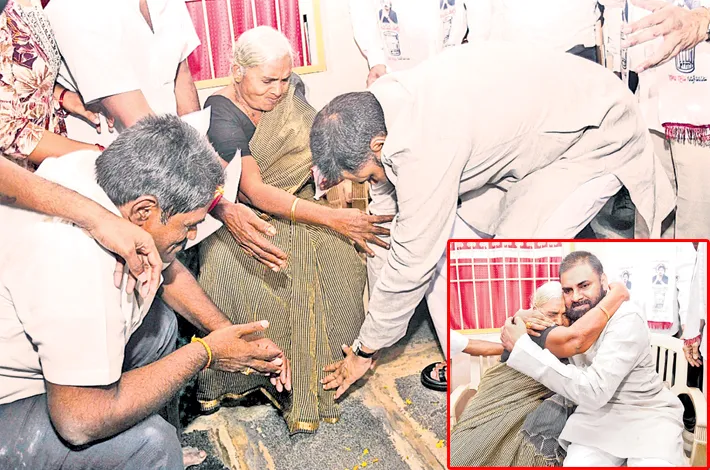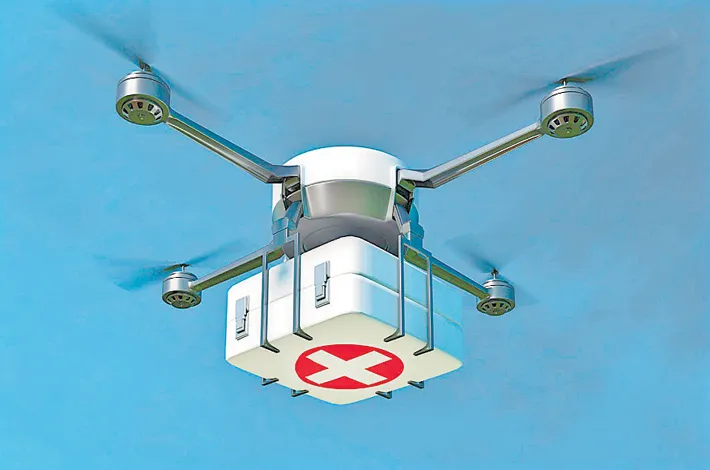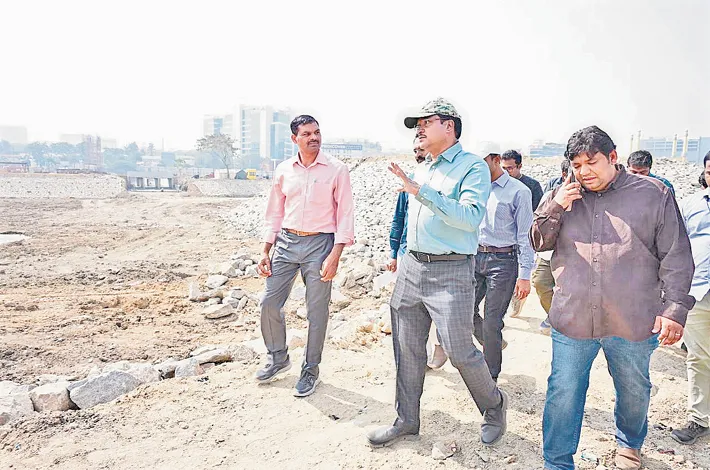AP to overhaul district boundaries: A major administrative reshuffle
28-10-2025 12:00:00 AM

Metro India News | AMARAVATI
The Andhra Pradesh government is set to finalize its ambitious project to reorganize district, revenue division, and mandal boundaries. The process, now nearing completion, is aimed at improving administrative efficiency and ensuring people-centric governance. A Cabinet sub-committee tasked with studying the proposals will present its findings to Chief Minister N. Chandrababu Naidu on Tuesday for final guidance. The comprehensive report will be submitted for Cabinet approval on November 7.
This reorganization effort follows over 200 petitions received from public representatives, civic groups, and various stakeholders across the state. A senior committee member stated that each proposal has been meticulously reviewed to address inconsistencies from past reorganizations and better align with local aspirations. "The objective is to ensure effective governance and administrative convenience," the member explained.
The drive is largely a response to the 2019 bifurcation, when the previous YSRCP government split 13 districts into 26. That move, critics argue, was done hastily and without sufficient public consultation, leading to confusion and discontent. To avoid similar issues, the current government is keen on a more transparent process. “The Chief Minister is personally overseeing the changes to ensure fairness,” said Minister Nadendla Manohar.
Sources suggest the number of districts could rise from 26 to 32. Notable proposals include the creation of a new Markapur district, merging areas like Markapur, Kanigiri, and Yerragondapalem, and the formation of a district centered on Amaravati, incorporating parts of Palnadu, Guntur, and NTR districts. A special tribal district is also under consideration for Rampachodavaram, which is far from the current agency district headquarters.
In addition to new districts, the committee may recommend the creation of 10 new revenue divisions, such as Addanki and Madakasira. The goal is to align boundaries logically with legislative constituencies to minimize administrative overlap.
The government plans to complete this reorganization by December 31, ahead of the upcoming Census operations, marking one of the most significant administrative overhauls in the state's history.








